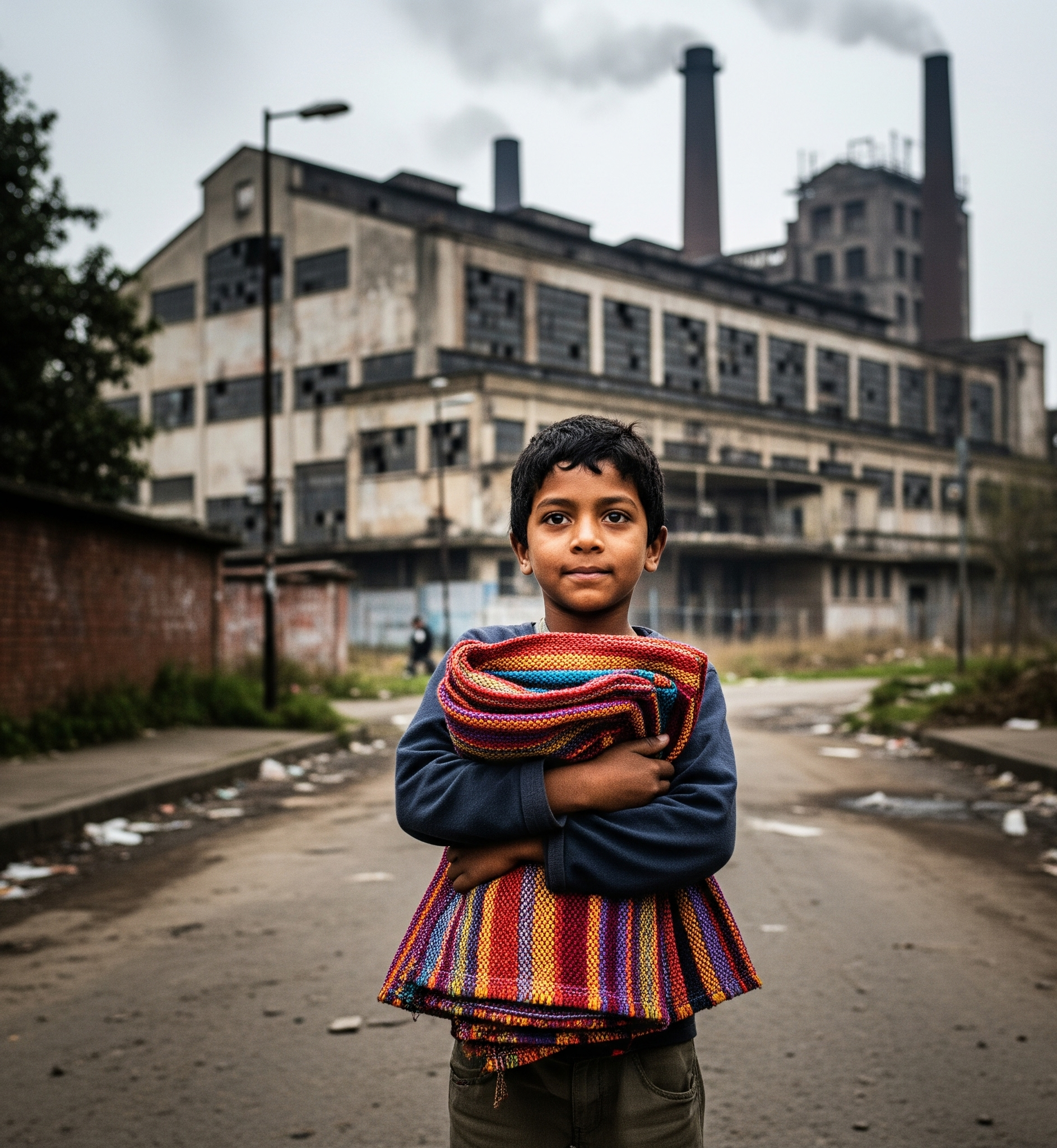The Hidden Scars: A Human Toll in the Pursuit of Profit
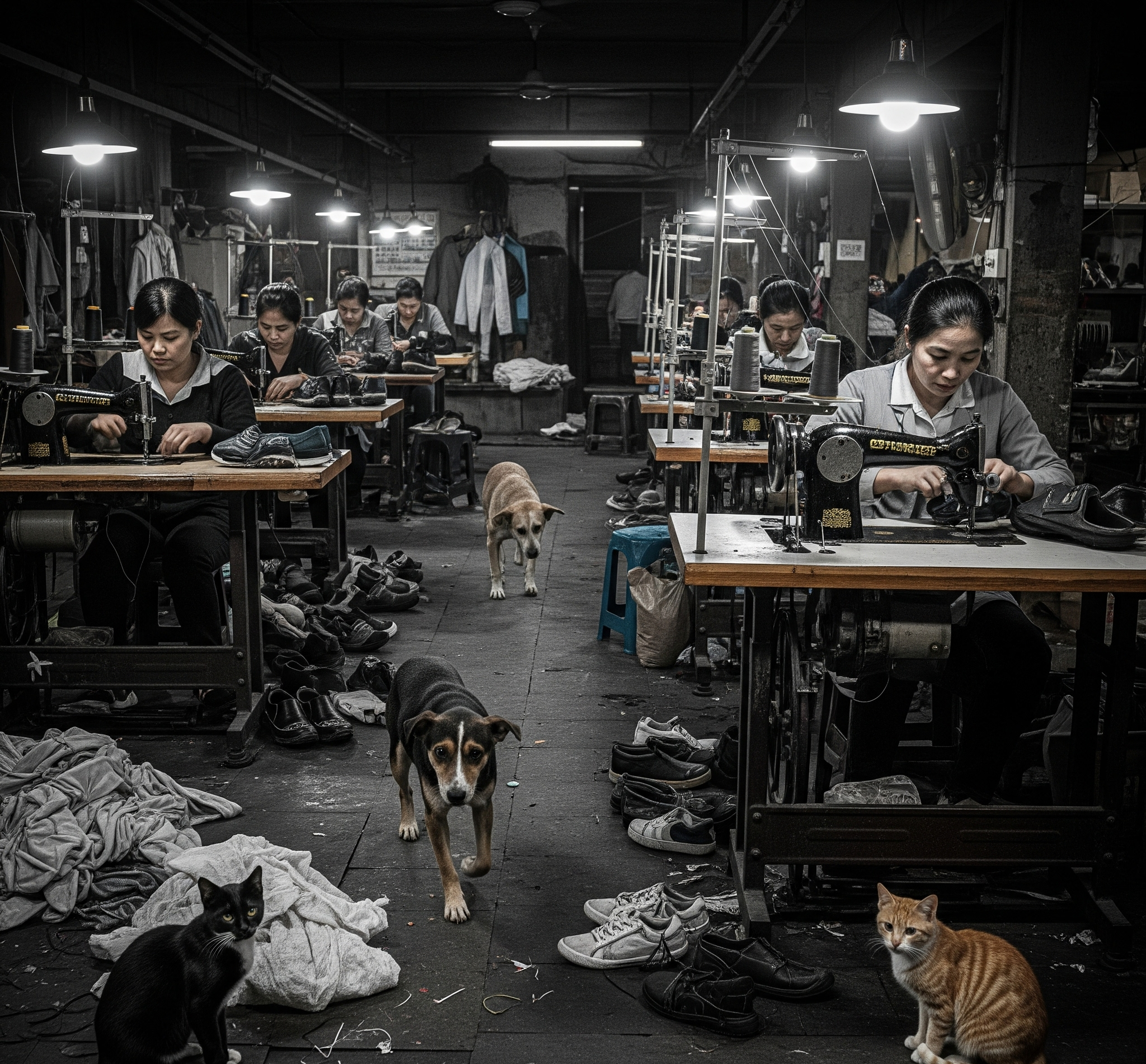
Fashion is a trillion-dollar industry that promises glamour, identity, and transformation.
The ethics of fast fashion practices expose a darker reality!
Unsafe factories, low wages, and environmental destruction.
The 2013 Rana Plaza collapse in Bangladesh - which killed over 1,100 garment workers, revealed how structural safety issues and profit-driven pressure turn human lives into collateral damage.
This tragedy remains a defining moment in the history of ethics in fashion.
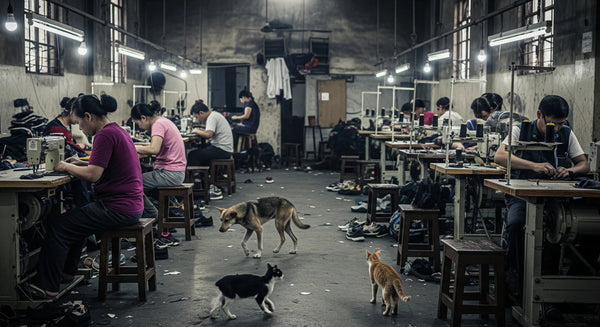
Workers Rights in Fashion
- Millions underpaid, unsafe conditions, long hours.
- Wages often 25–50% of basic living costs.
- Focus: living wage and factory safety.
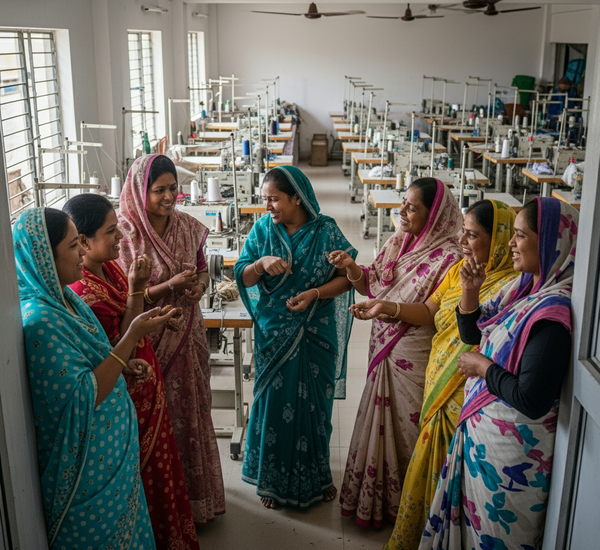
Exploitation vs Survival
- Garment work often only income for families.
- Ending sweatshops can worsen poverty.
- Solution: safe workplaces, fair wages, ethical fashion guidelines.
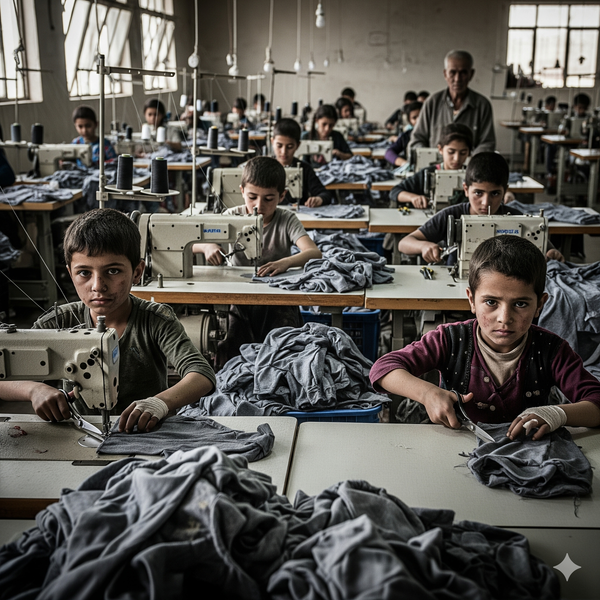
Human Rights Violations
- Child labor and unsafe supply chains persist.
- Need ethical sourcing in textiles and ingredient sourcing in beauty.
- Transparency and accountability are essential.

Beauty Industry Ethics
- Workers face low pay and unsafe conditions.
- Marketing often hides exploitation (greenwashing).
- True reform: ethical beauty standards and supply chain transparency.
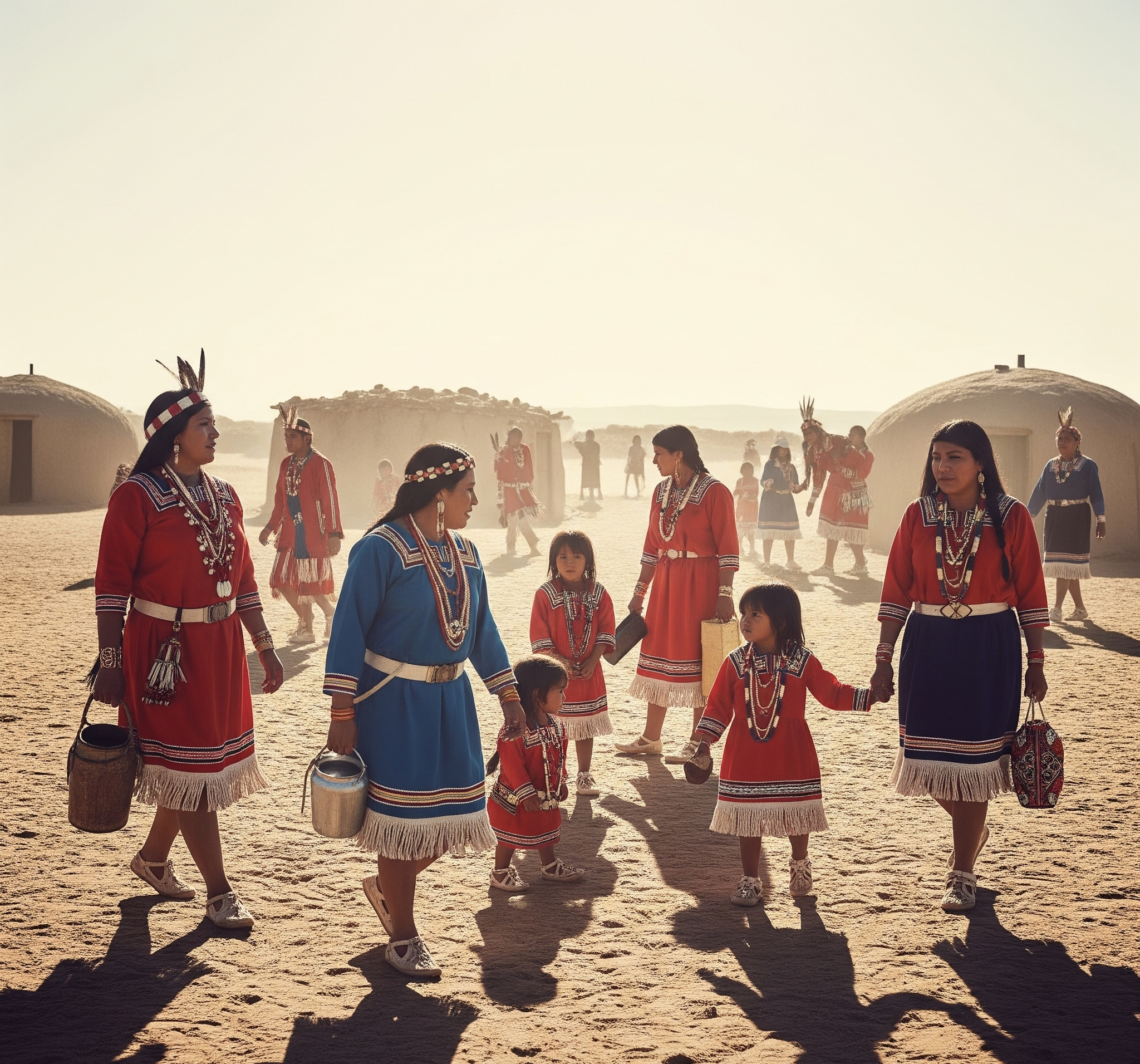
Indigenous Rights
> Cultural appropriation fashion discussion: sacred garments commodified with no credit or pay.
> Indigenous voices in fashion ethics: inclusion means listening, not stealing.
> Artisan rights in developing countries: fair pay protects heritage skills.
> Fair trade artisan fashion: empowers communities while offering ethical alternatives.
> Impact of fashion on developing nations: jobs bring survival, but without reform they lock families in poverty.

Mental Health and Beauty Standards
- Ethical dilemmas in beauty marketing: industries profit from insecurity and impossible beauty ideals.
Social media and youth: over 40% of young people feel worse after seeing edited images.
Ethical beauty standards 2025: representation, authenticity, and inclusivity must replace perfectionism.
Mental sustainability: fashion ethics also means protecting well-being, not just the environment.

Technology & Innovation
AI in fashion supply chains improves efficiency but threatens jobs
Bias in AI forecasting risks exclusion and inequality
Ethical beauty packaging grows with refillable and compostable options
New materials and sourcing like mycelium leather and blockchain textiles push accountability

Building Ethical Future
The future of fashion and beauty depends on ethical sourcing in textiles, ethical beauty standards, and real respect for workers rights and indigenous voices in fashion ethics. Progress comes through fair trade artisan fashion, ethical beauty packaging solutions, and holding brands accountable for greenwashing. True style in 2025 is defined by ethical fashion benefits and cultural respect in fashion sourcing, not profit at any cost.
Mention Worthy
Ethics
Ethics & Animals
Ethics & Animals
The world of fashion and beauty captivates with its promise of elegance and allure—luxurious textures, vibrant hues, and the dream of transformation. Yet, beneath this glittering facade lies a stark, often brutal reality: a profound ethical crisis impacting countless animals, from the smallest silkworm to the largest cattle.
Ethics & Planet
Ethics & Planet
The fashion and beauty industries are major contributors to climate change, pollution, and global environmental inequality. This section examines the environmental impact of production, waste, and resource use, along with the systemic effects on marginalized communities. It highlights current challenges, evolving regulations, and emerging solutions aimed at building a more ethical and sustainable future.
Ethics & Technology
Ethics & Technology
AI tools and emerging tech are transforming creativity, healthcare, social media, and more. With deepfakes, data privacy issues, and rising inequality, we face urgent ethical challenges. Explore how we can balance breakthrough innovation with responsibility in a rapidly changing world.


